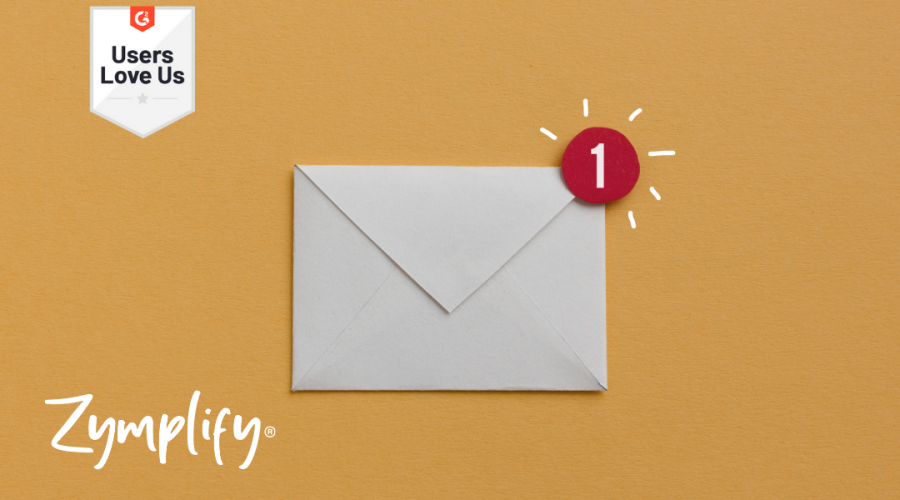Personalisation is when you call the subscriber out by name or focus your email marketing efforts around their interests and behaviour.
This tip works particularly well for email because it’s such a personal form of communication, and people like to think they’re the only person you’re reaching out to (even though, deep down, they know they’re not).
According to research, personalised emails have a 26% higher open rate and an improved click-through rate of 14% compared to those that aren’t personalised.
But how do you even begin to personalise your emails?
Call your subscribers out by their first name in the name field, subject line, or greeting. Most email marketing providers will have the option to send out bulk emails that appear to be personalised to each and every subscriber Include location-specific information when appropriate.
Send content and emails that are relevant to place your subscribers are in the buying cycle. For example, someone who has just signed up to your email list isn’t going to take well to being sold a high-end product straight away; instead, you want to start by building a connection with them and generating trust. Precision marketing is key for this as through your research you will know exactly what stage your customers at during their buying cycle, meaning you can target them with relevant content at exactly the right time.
Address relevant or personal events like location-specific holidays or birthdays if you have that information for your subscribers Sign off your emails from a human (person) rather than your company name to garner a deeper sense of connection.
Finally, you can integrate a relevant call-to-action based on the subscriber’s interests or past interactions with your brand. Again precision is key. Keep up to date with all their activity as they generate a score to become a SQL.
What is segmentation in email marketing?
Segmenting in email marketing means creating smaller lists within your master list that are focused on specific actions, behaviours, or interests of your subscribers. For example, you might have a segmented list for people based in a specific area, another for customers that have bought from you in the last six months, and yet another filled with people who have shown an interest in a specific topic.
It might seem like hard work, but segmented emails generate 58% of all revenue from emails – that’s a difficult statistic to ignore.
Every person who signs up to your list is at a different “readiness level” (stage of the buyer’s journey). Some are ready to buy right away, while others are a few weeks or even months from making a purchase. The latter group of people might not even know they have a problem that needs solving, let alone that you can help them solve it. So, by sending them a discount code for something they don’t even know they need, you’re probably going to put them off and lose them. This is because you’re completely skipping over the part where you get to know them and build a relationship with them.
Think of segmentation as a way to connect as closely as you can with each subscriber. This is much more preferable than trying to fit everyone on your list into the same, one-size-fits-all box.
How to segment your email list.
You can start segmenting right from the start by creating separate lead magnets that target different topics as well as consumers that are at different stages of the buying cycle. Aside from that, the majority of email marketing platforms let you segment your list using contact data and behaviour.
 As you can see the email is targeted at a prospect working in marketing. The title of the email uses relevant keywords, the first name of the prospect is inserted and the word marketeers is targeted at the right person, making the email more personalised and exclusive.
As you can see the email is targeted at a prospect working in marketing. The title of the email uses relevant keywords, the first name of the prospect is inserted and the word marketeers is targeted at the right person, making the email more personalised and exclusive.
Here are some ways you might want to segment your master list: These are just a few ideas to get you started. You can actually segment your list in any way you want, and it’s worth taking the time to sit down and think about the kinds of people you’re targeting and how you can segment your lists to better reach and build relationships with them.
- Job title
- How new a subscriber they are
- Interests
- Open rate
- Location
- Stage of the buying cycle
- Previous interactions and engagements
- Language
These are just a few ideas to get you started. You can actually segment your list in any way you want, and it’s worth taking the time to sit down and think about the kinds of people you’re targeting (by creating your business personas) and how you can segment your lists to better reach and build relationships with them.
For a free and detailed demo on personalising your emails and more using the Zymplify platform, sign up today.




